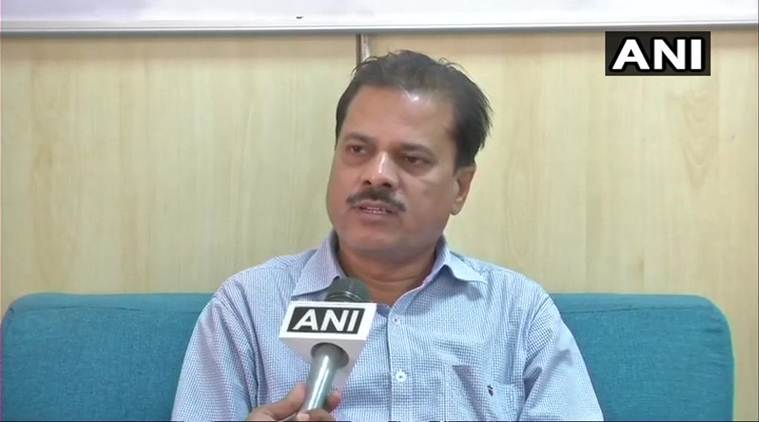 “India already has five such observatories and we plan to propose to add five stations to WMO. Along with this, we also propose the addition of recordings gathered from buoys in oceans, which have been recording ocean data for more than 20 years, continuously,” said IMD director Mrutyunjay Mohapatra. (Source: ANI)
“India already has five such observatories and we plan to propose to add five stations to WMO. Along with this, we also propose the addition of recordings gathered from buoys in oceans, which have been recording ocean data for more than 20 years, continuously,” said IMD director Mrutyunjay Mohapatra. (Source: ANI)
The names of five additional Indian weather stations will be proposed for the top recognition from World Meteorological Organisation (WMO), said Mrutyunjay Mohapatra, director general of India Meteorological Department (IMD), in Pune on Tuesday. These weather stations are distinctive as they have been gathering weather data continuously for over a century now.
Some of IMD’s observatories — located in Pune, Chennai and Kolkata — are among the oldest in the country and have been operational since the British era. Currently, there are 205 manual observatories operated by IMD in India.
Across the world, only about 100 weather stations have the distinction of remaining operational — tracking weather and recording data — for more than a century.
Weather observations play a significant role in understanding the Earth’s systems – the atmosphere, oceans, freshwater bodies, land and the biosphere which govern the weather, climate and hydrology.
Recognition by the WMO is important as it is the highest body in the world in the field of meteorology. The organisation works towards cooperation and sharing of weather and climate services between nations. It also recognises Met offices at the regional level, and assigns training and skill-building responsibilities to countries in one particular region.
For instance, IMD-Pune is a WMO-recognised Regional Meteorological Centre for South Asia region. With its expertise and advanced weather modeling systems, India has been leading weather and climate forecasts for countries like Afghanistan, Pakistan, Bhutan, Sri Lanka, Nepal and Myanmar through various activities.
“India already has five such observatories and we plan to propose to add five stations to WMO. Along with this, we also propose the addition of recordings gathered from buoys in oceans, which have been recording ocean data for more than 20 years, continuously,” said Mohapatra while speaking at the inaugural session of the sixth International Conference on Climate Services (ICCS) in the city.
The IMD also has a a good network of buoys deployed in both the Arabian Sea and the Bay of Bengal that records ocean data. There are more buoys deployed in the Bay of Bengal than in the Arabian Sea.
A team of officials from WMO is currently on a visit to India and it will review India’s meteorological services.
On the warming trend observed during the ongoing winter season, the IMD director general said, “The season has come close to our predictions. The warming was caused due to a combination of multiple weather factors, both large-scale and local features. There were no incidents of cold wave during this season, but instead cold day conditions were common.”